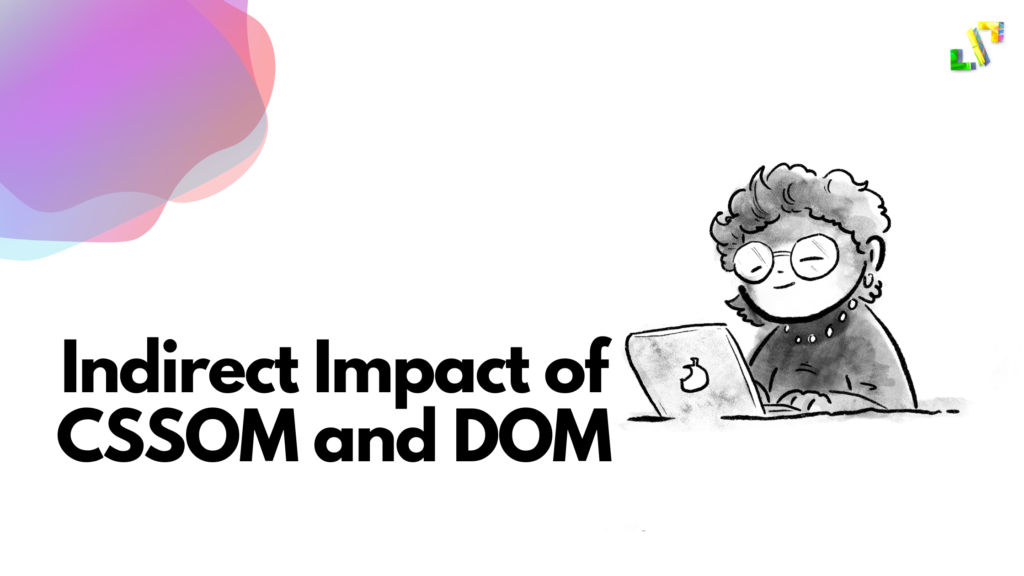The CSSOM, or Cascading Style Sheets Object Model, is a representation of the styles applied to a web page, and it is closely related to the DOM, or Document Object Model, which is a representation of the structure of a web page. While the CSSOM and DOM are important for the proper rendering and functioning of a web page, they are not directly used by Google as ranking factors in its search algorithm.
Google’s search algorithm uses a complex and proprietary set of rules and factors to determine the relevance and quality of a web page for a particular search query. These factors include things like the content and structure of the page, the quality and relevance of the links pointing to the page, the user experience and loading speed of the page, and many others. The CSSOM and DOM are not directly considered as part of this process, although they may indirectly impact a page’s ranking by affecting its user experience or loading speed.
Overall, while the CSSOM and DOM are important for the proper rendering and functioning of a web page, they are not directly used by Google as ranking factors in its search algorithm.
Catapult your website performance with expert technical SEO fixes
Website often crash their performance due to critical technical issue that is hidden. We help businesses to maintain website performance up 24/7
Contact Our Tech SEO Manager NowHow CSSOM and DOM Impacts Directly [examples]
The CSSOM, or Cascading Style Sheets Object Model, is a representation of the styles applied to a web page, and it is closely related to the DOM, or Document Object Model, which is a representation of the structure of a web page. While the CSSOM and DOM are important for the proper rendering and functioning of a web page, they are not directly used by Google as ranking factors in its search algorithm.
Google’s search algorithm uses a complex and proprietary set of rules and factors to determine the relevance and quality of a web page for a particular search query. These factors include things like the content and structure of the page, the quality and relevance of the links pointing to the page, the user experience and loading speed of the page, and many others. The CSSOM and DOM are not directly considered as part of this process, although they may indirectly impact a page’s ranking by affecting its user experience or loading speed.
Overall, while the CSSOM and DOM are important for the proper rendering and functioning of a web page, they are not directly used by Google as ranking factors in its search algorithm.
A web page with a poorly-structured DOM, such as one with a large number of nested elements or a complex hierarchy, may be slower to parse and render than a page with a well-structured DOM. This could lead to a slower loading speed for the page, which is a known ranking factor for Google.
A web page with a large number of styles applied through the CSSOM, or with styles that are difficult for the browser to calculate, may also be slower to render than a page with fewer or simpler styles. This could also lead to a slower loading speed for the page, which could negatively impact its ranking on Google.
A web page with a poorly-designed CSSOM and DOM, such as one that is not mobile-friendly or that is difficult to navigate, may provide a poor user experience for visitors. This could lead to a high bounce rate (the percentage of visitors who leave the page after viewing only one page), which is another known ranking factor for Google.
Bottom Line
Overall, while the CSSOM and DOM are not directly used by Google as ranking factors, they can indirectly affect a page’s ranking by impacting its loading speed and user experience.
Reviewed By
-
algorithmchttps://blog.algorithmc.com/author/algorithmc/
-
algorithmchttps://blog.algorithmc.com/author/algorithmc/
-
algorithmchttps://blog.algorithmc.com/author/algorithmc/
-
algorithmchttps://blog.algorithmc.com/author/algorithmc/



